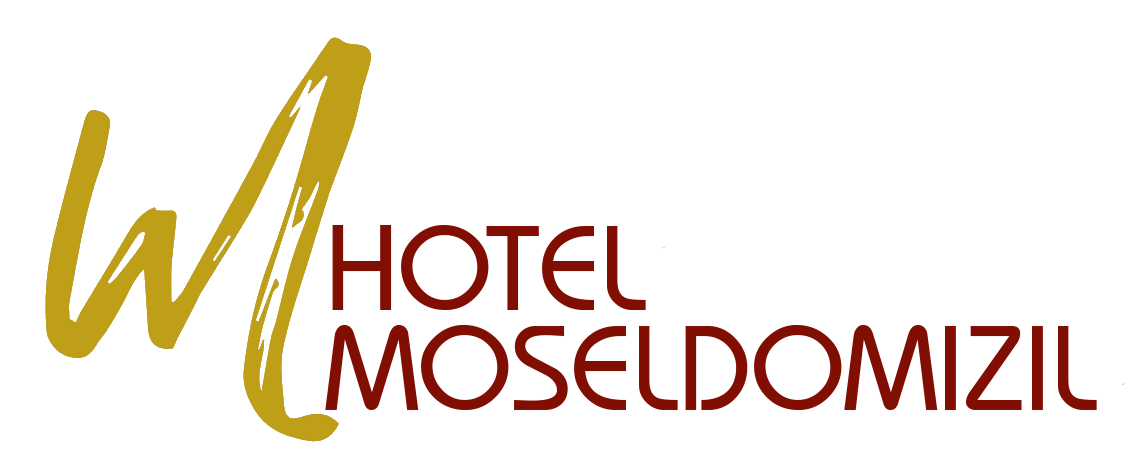A spa is a location where mineral-rich spring water is used to give medicinal baths. Spa towns or spa resorts typically offer various health treatments, which are also known as balneotherapy. The belief in the curative powers of mineral waters goes back to prehistoric times.
- Woven Cham Pa fabric upper
- Soft faux sherpa lining
- Ultra-soft foam cushion
- Natural rubber & recycled rice husk sole
- Indoor/outdoor use
What Are The Advantages and Disadvantages?
One major advantage of this method is that it is a very safe procedure. Specialists who practice SMP are professionally trained. The ones with superior technique go through more extensive training, which is rather costly.
The trainee receives private, individual training and is mentored by the instructor to ensure perfection in the final results. Just like in any field where an individual wants to achieve the highest standards, this accumulation of knowledge and intensive training takes time, and the results speak for themselves.
The disadvantage to SMP is that this training is not regulated. The amount of training that the SMP professional chooses to undergo is not mandated by any organization in the industry. It is up to the client to choose the SMP practitioner carefully to make sure that he is treated by the best in the field.
Bathing in Greek and Roman times
At Serangeum, an early Greek balneum (bathhouse, loosely translated), bathing chambers were cut into the hillside from which the hot springs issued. A series of niches cut into the rock above the chambers held bathers‘ clothing. One of the bathing chambers had a decorative mosaic floor depicting a driver and chariot pulled by four horses, a woman followed by two dogs, and a dolphin below.
At Serangeum, an early Greek balneum (bathhouse, loosely translated), bathing chambers were cut into the hillside from which the hot springs issued. A series of niches cut into the rock above the chambers held bathers‘ clothing.
Wiki
They established public baths and showers within their gymnasium complexes for relaxation and personal hygiene. Greek mythology specified that certain natural springs or tidal pools were blessed by the gods to cure disease.

Some of the earliest descriptions of western bathing practices came from Greece. The Greeks began bathing regimens that formed the foundation for modern spa procedures. These Aegean people utilized small bathtubs, washbasins, and foot baths for personal cleanliness. The earliest such findings are the baths in the palace complex at Knossos, Crete, and the luxurious alabaster bathtubs excavated in Akrotiri, Santorini; both date from the mid-2nd millennium BC.
They established public baths and showers within their gymnasium complexes for relaxation and personal hygiene. Greek mythology specified that certain natural springs or tidal pools were blessed by the gods to cure disease. Around these sacred pools, Greeks established bathing facilities for those desiring to heal. Supplicants left offerings to the gods for healing at these sites and bathed themselves in hopes of a cure. The Spartans developed a primitive vapor bath.
At the end of the 16th century, the guild of cook-caterers (later known as “traiteurs”) was given its legal status. The traiteurs dominated sophisticated food service, delivering or preparing meals for the wealthy at their residences. Taverns and cabarets were limited to serving little more than roast or grilled meats.
They established public baths and showers within their gymnasium complexes for relaxation and personal hygiene. Greek mythology specified that certain natural springs or tidal pools were blessed by the gods to cure disease.



